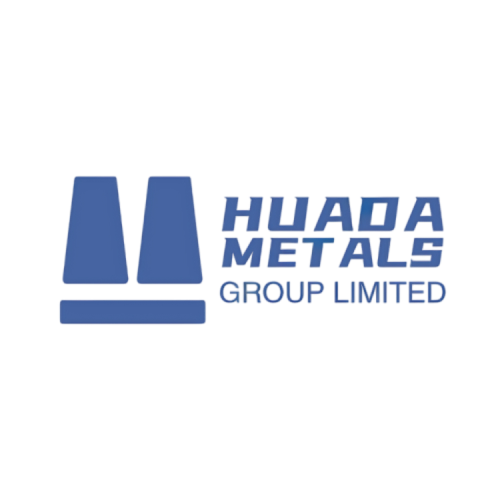Low carbon steels, also known as mild steels, are defined by their carbon content (0.05–0.30 wt% C), which determines their workability, weldability, and mechanical properties. The American Iron and Steel Institute (AISI) and Society of Automotive Engineers (SAE) classify them under the 10xx series (e.g., 1018, 1020), with optional alloying elements to enhance specific traits.
Low carbon steel, commonly referred to as mild steel, is a ferrous alloy containing ≤0.25% carbon with minimal alloying elements. Renowned for its excellent weldability, formability, and cost-effectiveness, it serves as the backbone material for construction, automotive, and general manufacturing industries. HuaDa Metals has the good quality of low carbon steel and the service is customerized for every clients, welcome to inquiry and ask the price.
Core Alloying Elements of Low Carbon Steel
| Element | Typical Range (wt%) | Functional Impact | Example Alloys |
|---|---|---|---|
| Carbon (C) | 0.05–0.30% | Controls hardenability and strength (higher C increases yield strength but reduces ductility). | AISI 1018 (0.18% C) |
| Manganese (Mn) | 0.30–1.65% | Deoxidizes steel, improves hardenability, and enhances tensile strength via pearlite formation. | AISI 1020 (0.15–0.25% Mn) |
| Sulfur (S) | 0.05% max (free-machining grades) | Forms manganese sulfide (MnS) inclusions to improve machinability (e.g., 12L14 steel). | AISI 12L14 (0.15% S) |
| Phosphorus (P) | 0.04% max (general use) | Increases strength at low temperatures but reduces ductility (controlled in structural grades). | AISI 1010 (≤0.04% P) |
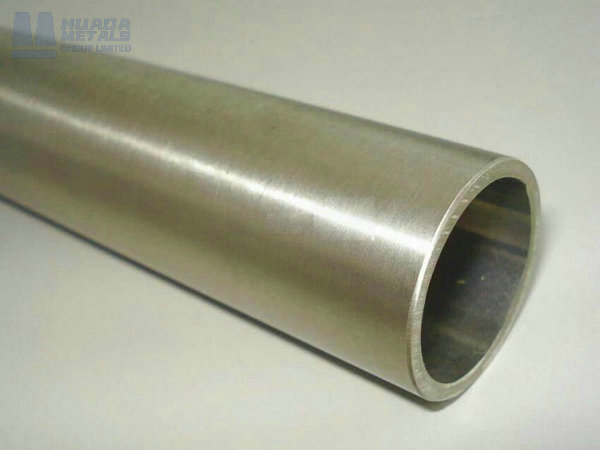
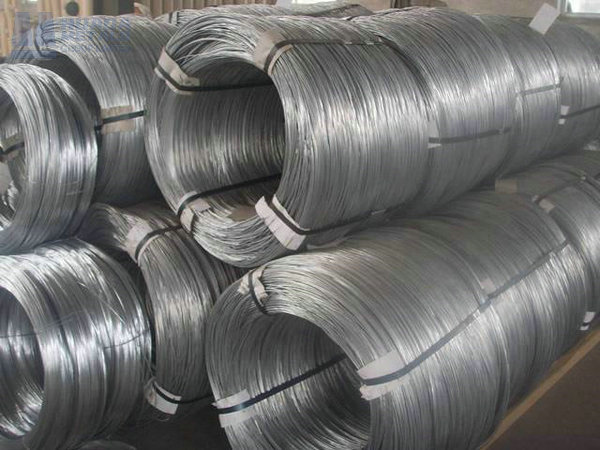
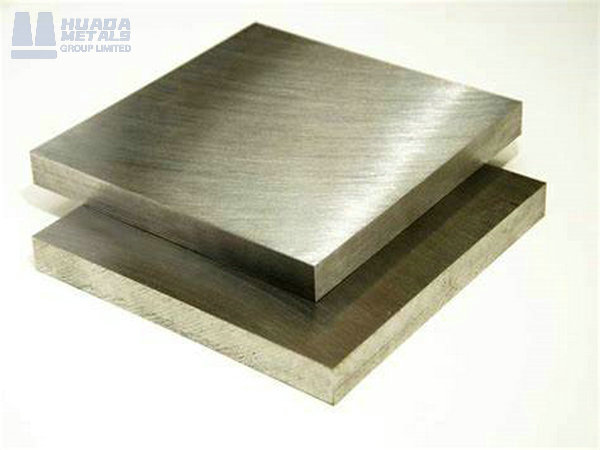
Specialized Variants of Low Carbon Steel
Low-carbon steel (mild steel) Carbon content: ≤0.25% Properties: Low strength, good ductility, easy to, excellent weldability. Applications: Stamped parts, welded structures (such as car bodies), construction rebar (HRB335). Examples Q235 (carbon content 0.14%-0.22%).
- Resulfurized Steels (12xx Series):
- 12L14 contains 0.15–0.35% S and 0.85–1.15% Pb, achieving chip-breaking and ultra-fast machining (cutting speeds up to 300 m/min in turning).
- Free-Cutting Steels (11xx Series):
- 11L17 adds calcium (Ca) and tellurium (Te) to refine MnS inclusions, reducing tool wear by 40% in high-speed drilling.
Physical Properties of Low Carbon Steel
| Property | Typical Range | Impact on Applications |
|---|---|---|
| Density | 7.85–7.87 g/cm³ | Enables precise mass calculations in automotive components (e.g., 1020 steel crankshafts). |
| Thermal Conductivity | 45–60 W/(m·K) | Critical for heat exchangers (e.g., 1010 steel radiator tubes dissipate 200 kW/m² at 300°C). |
| Electrical Resistivity | 14–20 μΩ·cm (annealed) | Used in electromagnetic shielding (e.g., 1008 steel cabinets for RF-sensitive equipment). |
| Magnetic Permeability | 200–1,000 (relative) | Ideal for transformer cores (e.g., 1010 silicon-steel laminations reduce eddy current losses by 60%). |
Mechanical Performance of Low Carbon Steel
| Alloy | Yield Strength (MPa, Annealed) | Tensile Strength (MPa, Annealed) | Elongation (%) | Key Strengthening Mechanism |
|---|---|---|---|---|
| AISI 1008 | 170–210 | 275–340 | 35–45 | Ferrite-pearlite microstructure (fine grain) |
| AISI 1018 | 205–255 | 340–410 | 30–35 | Cold working (20% reduction increases strength by 30%) |
| AISI 1045 | 310–415 | 520–620 | 16–20 | Quenching + tempering (540°C) yields martensite |
Low Carbon Steel of Advantages and Benifits
Core Strengths
- Formability:
- Deep Drawing Ratio (DDR) of 2.5 for 1008 steel enables production of complex automotive body panels (e.g., Honda Civic door skins).
- Weldability:
- Carbon Equivalent (CE) of 0.18–0.25 for 1020 steel ensures zero cracking in gas metal arc welding (GMAW), unlike medium-carbon steels (CE > 0.45).
- Machinability:
- Specific Cutting Energy (SCE) of 1.8 J/mm³ for 12L14 steel reduces tool wear by 50% vs. 1045 steel in turning operations.
Sustainability Metrics
- Recyclability:
- 99% recovery rate in electric arc furnace (EAF) recycling, saving 75% of primary production energy (vs. 95% for aluminum).
- Embodied Carbon:
- 1.8–2.2 kg CO₂e/kg (EAF route), 40% lower than stainless steel (3.0–3.5 kg CO₂e/kg) due to reduced alloy additions.
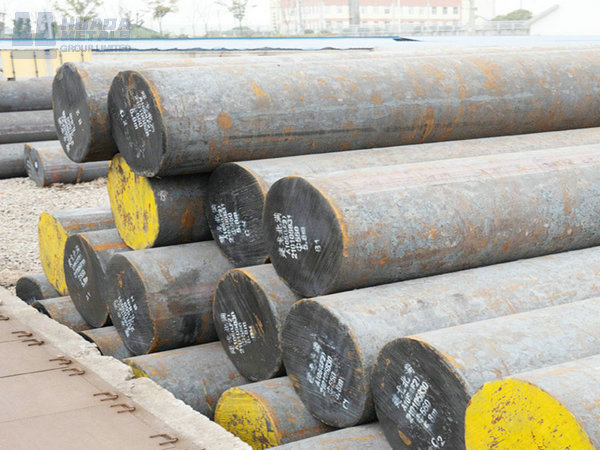
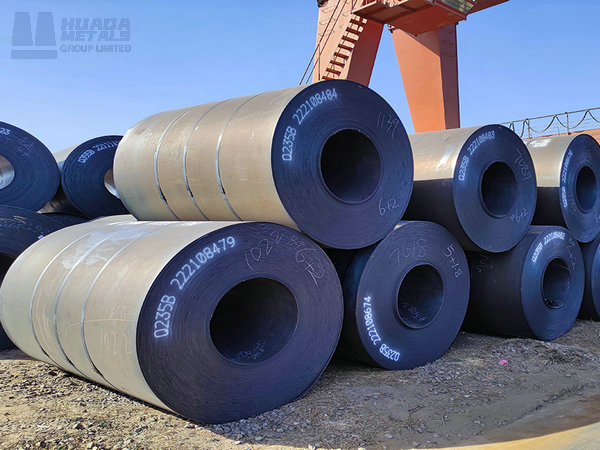
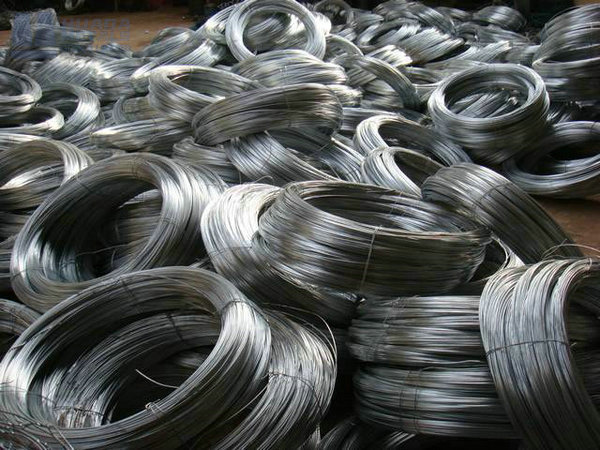
Low Carbon Steel of Industries Application
Automotive
- 1008 Steel: Body-in-white panels for Toyota Corolla (crash energy absorption: 80 kJ/m² at 56 km/h).
- 1018 Steel: Transmission gears (surface-hardened to 58 HRC via induction heating).
Construction & Infrastructure
- 1020 Steel: Reinforcement bars (rebar) for bridges (yield strength: 420 MPa after quenching + tempering).
- 1045 Steel: Structural beams for warehouses (fatigue life: 10⁵ cycles at 300 MPa stress).
Machinery & Tools
- 12L14 Steel: Fasteners for agricultural equipment (production rate: 500 parts/hour via multi-spindle automatics).
- 1010 Steel: Hydraulic cylinder tubes (internal pressure resistance: 250 MPa without yielding).
Low Carbon Steel
Environmental Resistance
- Corrosion:
- 1018 steel exhibits a corrosion rate of 0.15 mm/year in urban environments (ISO 9223), suitable for unpainted structural frames.
- Galvanized 1020 steel (Zn coating: 120 g/m²) resists corrosion for 25 years in coastal regions (ASTM B633).
Advanced Tempering Effects
- Normalizing (1020 Steel):
- Air-cooling after 900°C austenitization refines grain structure, improving fatigue strength by 25% (tested at 10⁶ cycles, 200 MPa stress).
- Case Hardening (1010 Steel):
- Carburizing at 925°C + quenching yields a 0.8–1.2 mm hardened case (58–62 HRC) with a ductile core (30 HRC), critical for gears.
In Conclusion
Low carbon steels remain the workhorse of modern industry, offering unmatched versatility, cost efficiency, and recyclability across sectors demanding structural integrity, machinability, and sustainability. From hypersonic flight components (via advanced case hardening) to renewable energy infrastructure (via high-strength rebar), these materials continue to evolve through precision alloying, circular manufacturing, and Industry 4.0 innovations. For engineers seeking robust, affordable solutions, low carbon steels provide an unparalleled foundation for innovation. HuaDa Metals has the various low carbon steel products of materials and shapes, Welcome to inquiry and ask the laestet price or contact us.
